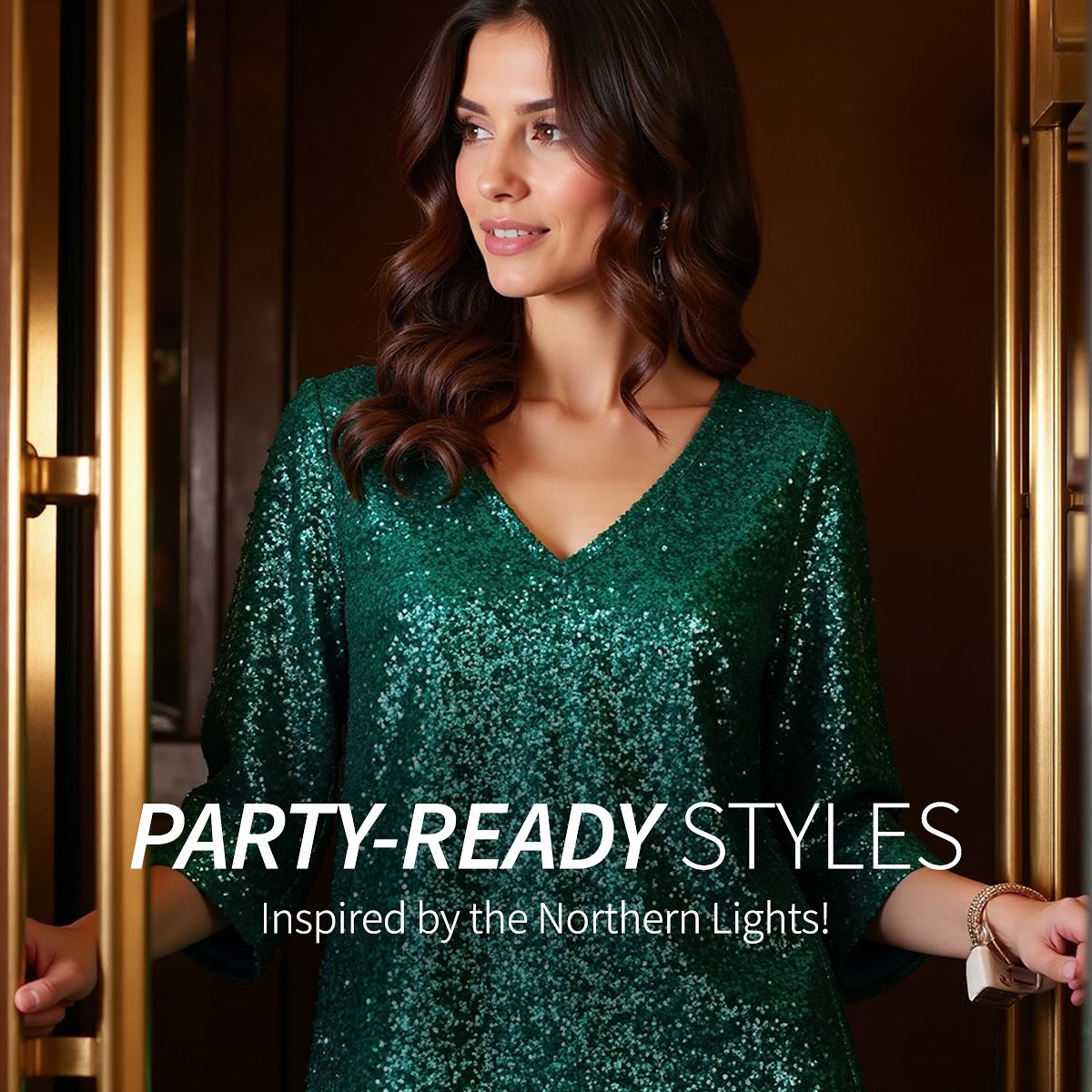Social media has completely changed how we see fashion, especially in the case of women. Due to their ability to provide rapid access to a vast array of styles and inspiration, platforms such as Instagram, Pinterest, and TikTok have emerged as key players in the creation of fashion trends. Trendy women’s shirts, outfits, accessories, and more may become popular overnight, owing to both regular users and influencers.
Women may now find stylish tops for women more easily than ever before because of the democratization of fashion, which promotes more variety and quick trend cycles. In addition to affecting purchasing choices, social media has created a community of fashion aficionados who exchange advice, opinions, and firsthand knowledge. Fashion enthusiasts are in for an exciting time because of the steady stream of new information that guarantees trends will constantly be changing.
This essay will examine the several ways that social media, from influencer marketing to the emergence of sustainable fashion, influences women’s fashion trends such as midi dresses and tops for women.
Influencer Marketing: The New Fashion Moguls
Setting trends and influencing customer behavior, influencers have evolved into modern fashion moguls. Influencers with millions of followers exhibit chic shirts for ladies and other trendy goods, which are very sought after. Their great strength in the fashion business comes from their capacity to establish personal connections with consumers. An influencer’s post on a particular top or outfit usually results in a spike in sales and curiosity, therefore underscoring the significance of their sponsorships. Companies use influencers’ popularity to advertise fresh collections and trends, therefore reaching more people.
Instant Trend Adoption: The Speed of Fashion
Fashion trends may be quickly adopted by women thanks to social media, which also helps them to promote new ideas almost immediately. One post or video with a modern top for ladies may start a worldwide fashion frenzy in hours. Unprecedented in the rapidity of trend adoption, this guarantees that fashion is vibrant and always changing. Social media provides the newest trends right in women’s hands, without depending on fashion events or publications to know about them. Fashionistas are always interested and excited by this immediacy.
User-Generated Content: Authentic Fashion Inspiration
Social media fashion trends are shaped in great part by user-generated material. Every day users contribute their clothes and style advice to produce a more relevant and varied fashion scene. Women seen in real-life situations get true inspiration from elegant shirts, which helps to make trends more accessible. Women are more prone to trust and copy trends that their friends wear, therefore this peer-to-peer effect is really strong. By allowing for a wider range of body types, styles, and personalities to be shown, user-generated material also promotes inclusiveness in fashion.
The Rise of Micro-Trends: Niche Fashion Movements
Micro-trends—niche fashion movements tailored to certain interests and communities—have emerged on social media thanks to streetwear and cottagecore; these micro-trends provide distinctive looks that may not be popular elsewhere but flourish in their own communities. For women in these micro-trends, tops that represent a certain aesthetic or lifestyle appeal to individuals who want to convey their uniqueness. These micro-trends may develop on social media platforms thanks to which different fashion tastes and subcultures have a voice.
Conclusion
Social media profoundly and in many different ways influences women’s fashion trends. Social media has changed how women find, embrace, and interact with fashion from influencer marketing to sustainable fashion. Fashion has become more inclusive, dynamic, and accessible as it has been democratized. Social media will surely influence fashion’s direction as it develops by encouraging community, self-expression, and innovation as well as by shaping. Accepting these shifts lets women keep ahead of trends and make confident, educated fashion decisions.
